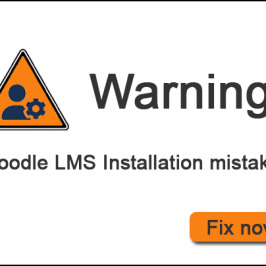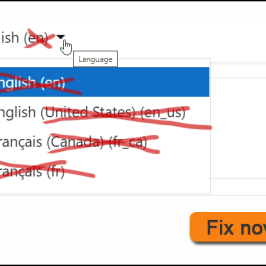Over the past few years, the issue of accessibility on the web has been heating up. Companies all around the world are being sued because their website is not accessible to everyone.
In 2009, the Word Wide Web Consortium (W3C), which is the main international standards organization for the web, published the second version of their Web Content Accessibility Guidelines (WCAG 2.0) in order to address concerns.
Today, businesses and governments around the world are moving to apply WCAG standards. For example, Australia, Canada, Hong Kong, New Zealand, Ontario and U.K. are leading the way as they move towards or have achieved WCAG 2.0 Level AA. Some countries like France, Germany, India, Japan and the province of Ontario are moving towards their own standards based on a version of WCAG 2.0. The US is updating their Section 508 (WCAG 1.0) to be closer to WCAG 2.0 and the EU is investigating such a move. While some acknowledgement can be given to countries who are only at WCAG 1.0, unfortunately there are still many others that do not implement any accessibility standards at all in the world.
WCAG 2.0 is made up of 4 principles divided up into 12 guidelines. The following is a quick overview that does not include details of the 38 criteria.
WCAG 2.0 includes both normative guidelines which must be followed while informative ones are just suggested guidelines.
4 Perceivable Principle
- Provide text alternative
- Provide alternative for time-based media
- Provided alternative format
- Make it easier for uses to see and hear content - separate the foreground from the background
4 Operable Principle
- Make all functionality available for keyboard
- Provide users with enough time to read and use content
- Do not design content in a way that is known to cause seizures
- Provide ways to help users navigate (<nav><sitemap>, find content (search, skip to content) and determine where they are (proper page title)
3 Understandable Principles
- Make content readable and understandable.
- Make web pages appear and operate in predictable ways (just good design)
- Help users avoid and correct mistakes
1 Robust Principle
- Maximize compatibility with current and future user agents including assertive technologies. This can be accomplished by implementing technology in the following order: HTML, CSS, Javascript.
Organizations getting on board have a choice of complying with these guidelines at one of three levels: A, AA and AAA. While this last one is rarely achievable with today's technology if you want your website to be presentable to those who aren't visually impaired, a case could be made that folks meeting level A could have done better. As a result, Level AA seems to be the level of choice.
While the accessibility benefits are obvious, what most people don't realize is that search engines fall into this class. Implementing a standard like WCAG 2.0 Level AA can have tremendous benefits search engines in better understanding the content on your website.
If you've been around the web, there are obviously some website that are difficult to understand, regardless of who you are. If your customers and search engines don't understand the content on your website and they find it difficult to find what they are looking for, who is your website for?







Add a comment: